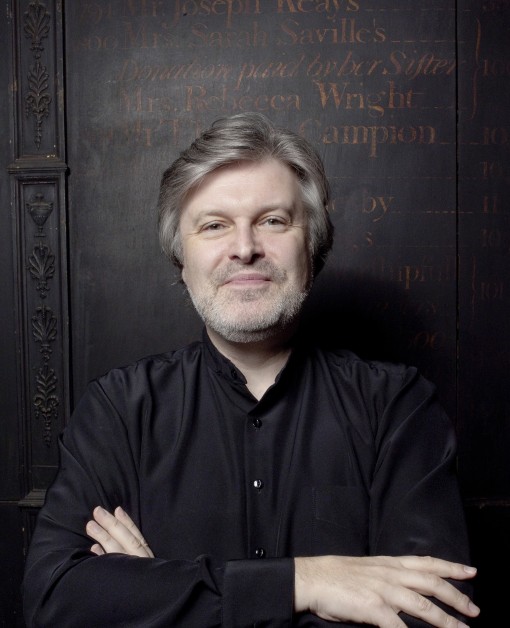MacMillan’s absorbing Violin Concerto given exhilarating performance by Repin, Philadelphia Orchestra

James MacMillan's Violin Concerto received its New York premiere Wednesday from soloist Vadim Repin and the Philadelphia Orchestra led by Charles Dutoit. Photo: Philip Gatward
James MacMillan’s percussion concerto Veni, Veni, Emmanuel, written for Evelyn Glennie, helped propel him to prominence nearly 20 years ago, and in the years since, the medium of the concerto has frequently proven to be hospitable to his artistry. His Violin Concerto had its world premiere in London last May and recently traveled across the Atlantic for its U.S. premiere last week by the Philadelphia Orchestra, which co-commissioned the piece.
Tuesday night the orchestra brought it, along with its original soloist and dedicatee, Vadim Repin, to Carnegie Hall for a program led by the orchestra’s chief conductor Charles Dutoit, which also included works by Berlioz and Tchaikovsky.
Lasting nearly half an hour, the Violin Concerto is a big piece, with bold gestures and virtuosic flights. It can be as showy as a concerto from the 19th-century, and Repin confronted its challenges enthusiastically in a performance characterized by shining tone, precise intonation and impeccable technique. The labels of the three movements, Dance, Song, and Song and Dance, might give one the impression that the concerto is more cheery—than it actually is. In fact, with “dance” MacMillan seems to imply rhythmic drive, where “song” apparently means lyricism, especially of an expressive, long-spanned nature.
At any rate, that is what one infers from the tumultuous first movement, which opens with a jagged motto from the full orchestra that recurs to punctuate the often ferocious passagework from the soloist, as well as from the rather serious second movement, which opens with a plaintive melody from the oboe, later heard memorably in the upper register of the violin. It is here that one is reminded that the concerto was written in memory of MacMillan’s mother, but the movement includes a wealth of other material.
MacMillian’s music often contains allusions to Roman Catholicism, but you won’t find any in the Violin Concerto. On the other hand, more than once the concerto bristles along in a modernistic way, then reverts to something vaguely comforting, like a Scottish folksong or a waltz. Indeed the breadth and sheer quantity of musical material is striking. Future hearings may help clarify the structural logic with which MacMillan’s many ideas are organized. But in any case the Violin Concerto makes for exhilarating and absorbing listening.
After intermission came a sumptuous, gorgeously played account of Tchaikovsky’s Symphony No. 5 in E minor. Dutoit’s broad tempos and the rhythmic flexibility with which he shaped the music were key ingredients of a performance that got to the heart of the symphony’s Romantic essence. Occasionally, one wanted a bit more forward drive, but any shortage there was made up for by the richness of this reading.
The concert opened with a spirited account of the Overture to Berlioz’s Béatrice et Bénénict in which the light touch Dutoit brought to the rather flighty main theme contrasted nicely with the piece’s more aggressive outbursts. The tender second theme was played with a warmth that foreshadowed the Tchaikovsky to come.